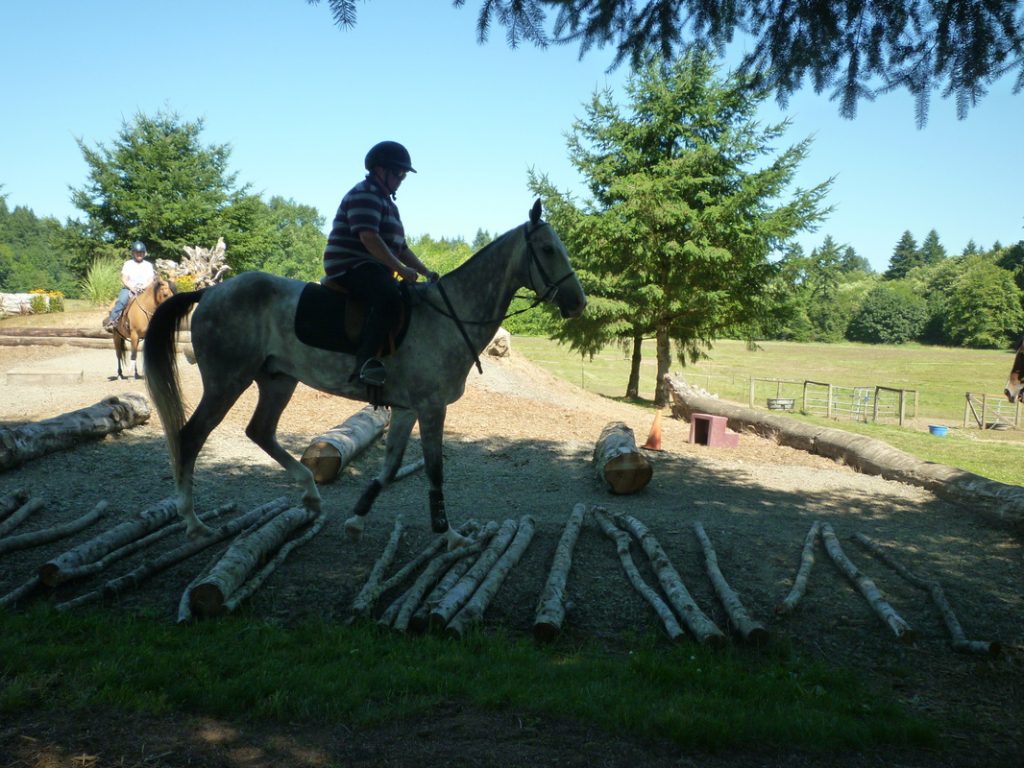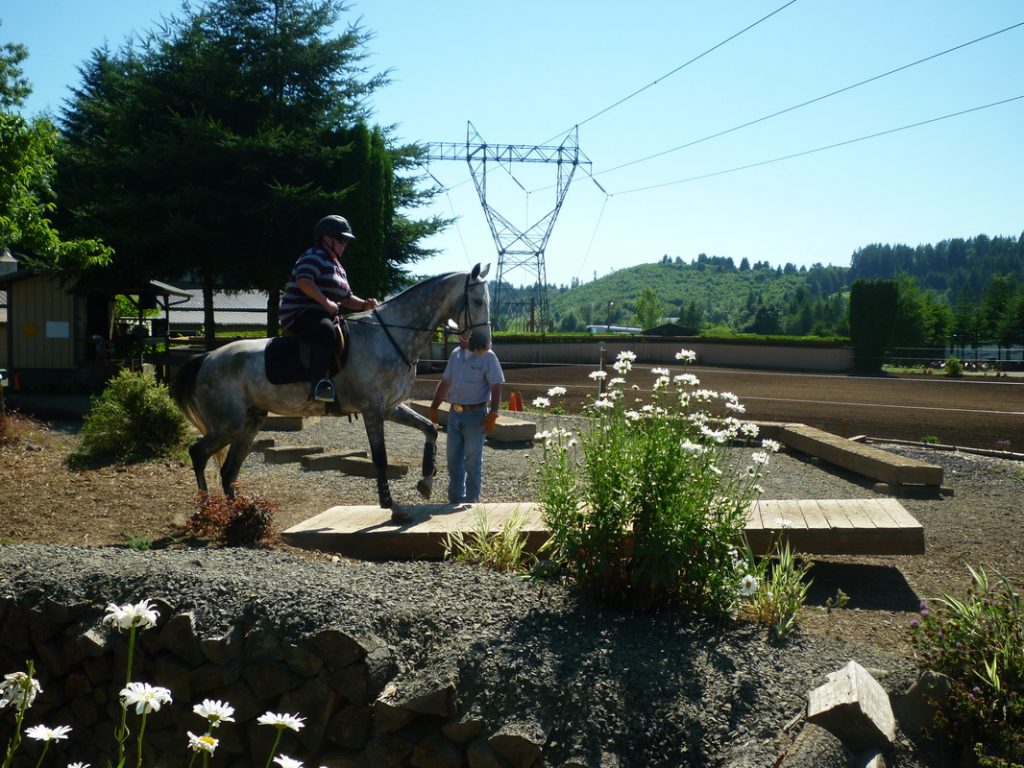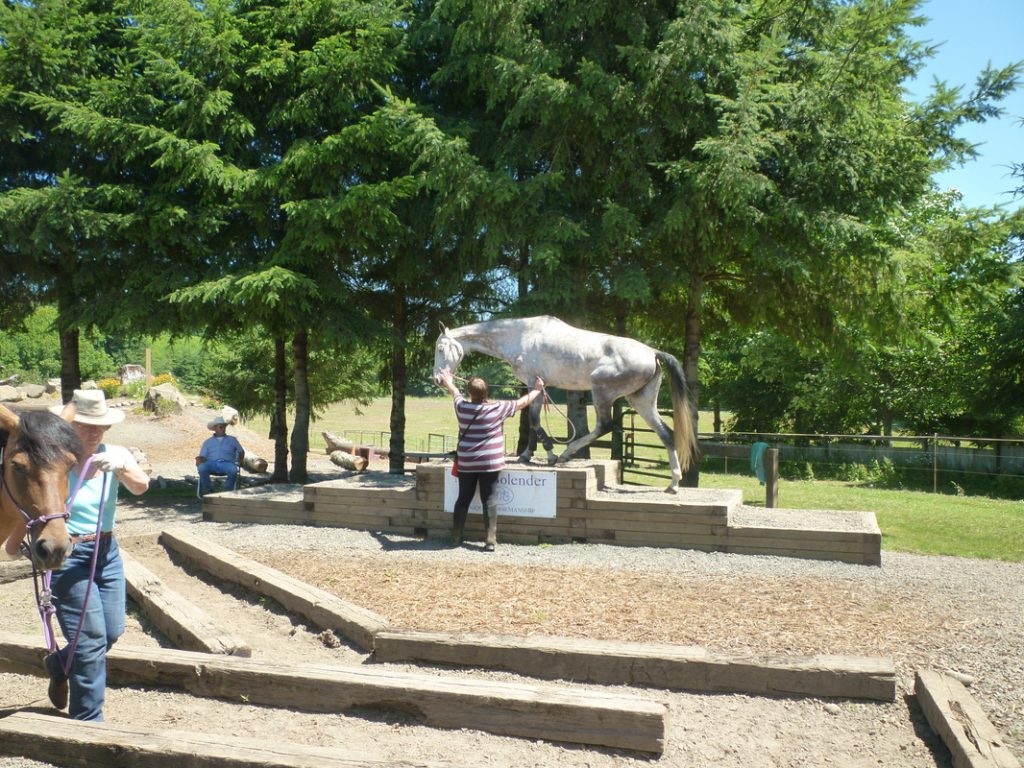Why are we so proud?
With a little over 500 purebred Akhal-Teke horses in North America… most are being used as breeding stock. The very few being ridden have excelled in their sports… making for some startling statistics! It’s the equivalent of a tiny school, in which every kid is in the top of their sport, competing at a national level… and unusually talented!
Akhal-Teke in Endurance
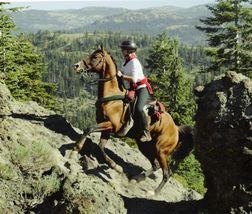
Endurance riding is an equestrian sport which places substantial demands upon both the horse and rider. Race distances vary, but are usually 25, 50, 75, and 100 miles. Over these trails, horses must be able to negotiate many different terrains and natural obstacles. They must adapt and eat when food is available, drink from water sources that may be no more than a mud puddle, ride along side unfamiliar horses, and not succumb to fatigue or the elements. The Akhal – Teke is a breed ideally suited for such a task.
With origins in the arid steppes of Central Asia, they were the mounts of nomads, raiders, and warriors. The lives of these people depended upon the ability of their horses to carry them great distances, over difficult terrain, with limited access to food and water. They revered their horses, and bred them selectively to promote the traits of stamina, sure footedness, strength, and soundness.
One look at an Akhal-Teke, and it is easy to see why they would excel at endurance. They are deep chested, providing for large lungs and a strong heart. Much like the Arabian or Thoroughbred, they have a low resting heart rate, yet a large stroke volume, leading to superior aerobic capacity. Their chest shape also contributes to an increase in body surface area. Combined with low body fat, they are able to cool efficiently, leading to quicker cardiac recoveries at a vet check. They have good height, usually between 15 and 16 hands, which translates into ability for longer strides. Longer strides means less of them over a given distance, and hence, more efficient travel. Short, thick cannon bones, coupled with strong hooves, keep them sound through all of the miles of conditioning and racing.
One of the wonderful traits of the breed, is an alert, but not spooky attitude. They are a horse that a rider can trust to not frighten at obstacles, or the ever present “boogeyman” behind the bush. Their gaits are ground covering, but incredibly smooth. It is easy to sit the trot for long periods, without hurting the back of the horse or rider. Their thin profile, also reduces strain on the knees, ankles and hips.
Akhal-Tekes have been successful in a number of sports, which speaks for their natural athleticism. But what can’t be measured is heart. It is what keeps a horse going forward down the trail long after normal training distances. It’s what keeps them from objecting when a tired rider gets sloppy in the saddle. Akhal-Tekes are known to be one rider horses. For that rider, they will give their all. In endurance, their willing nature, and commitment to their “one”, give them a never quit attitude.
As the number of Akhal-Tekes in the U.S. increases, more will find their way into endurance competition. Those that have raced, have proven themselves to be up to the challenge.

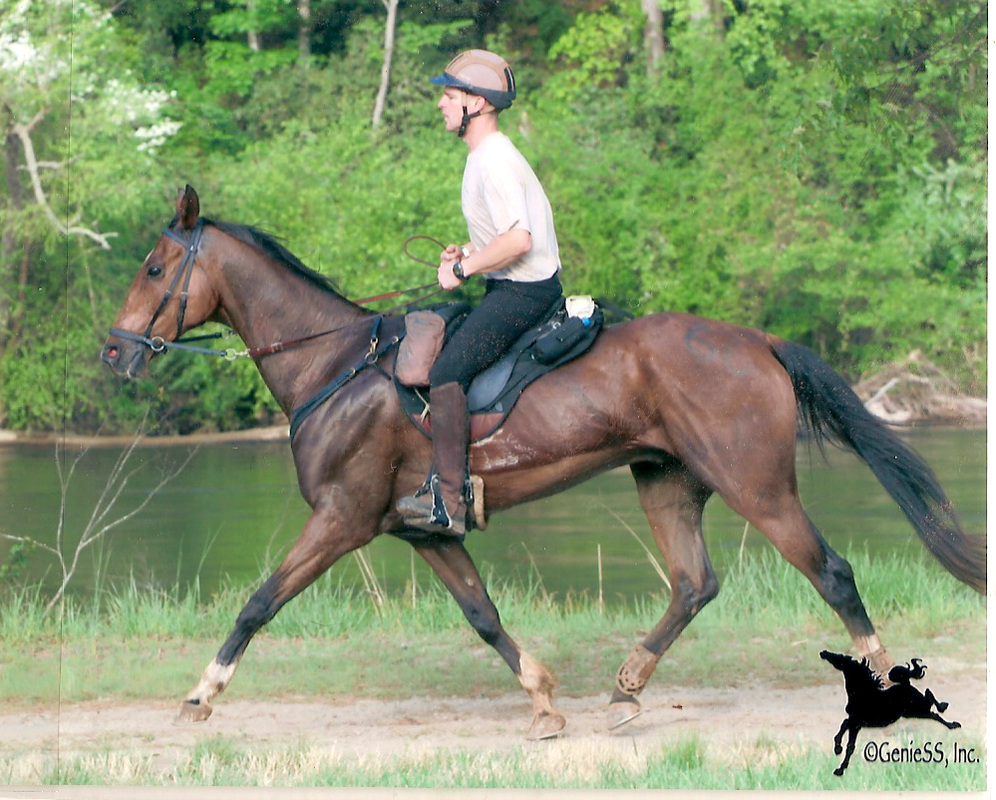
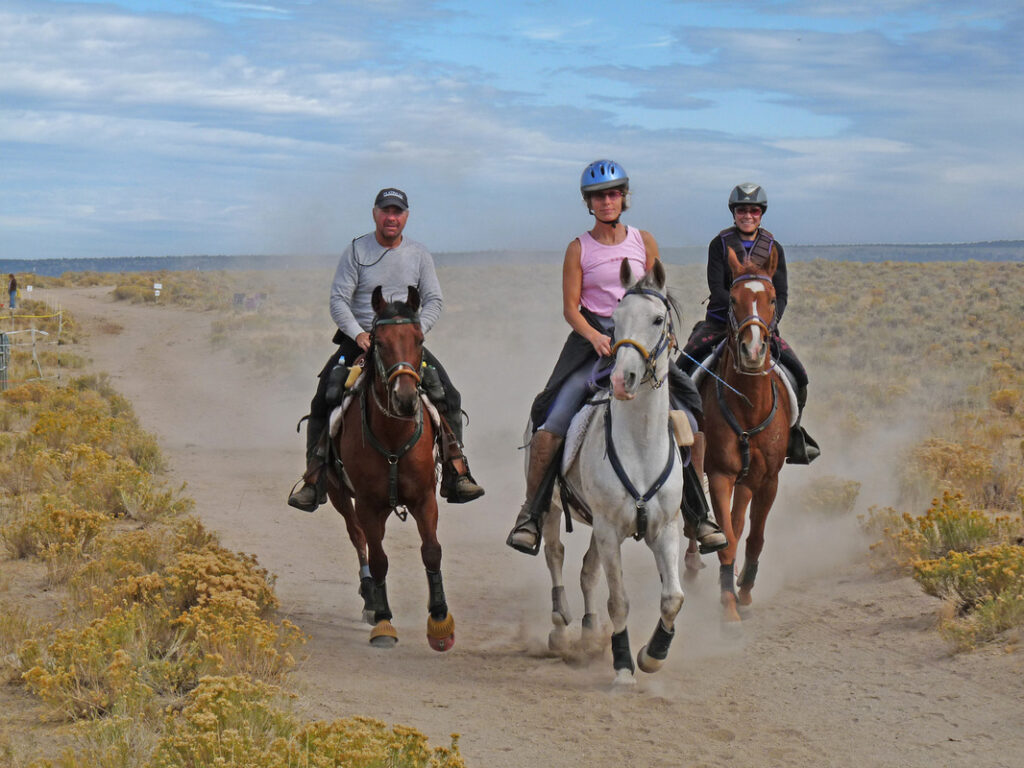
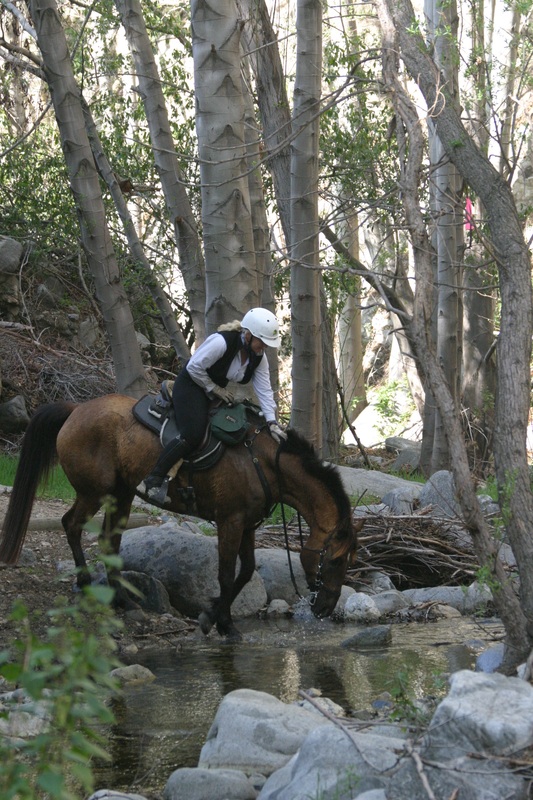
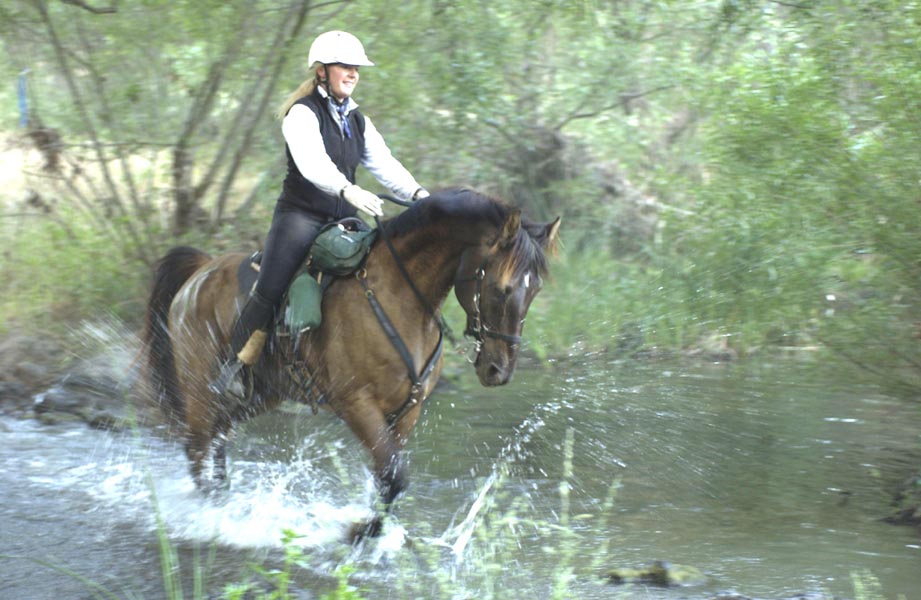

Akhal-Teke and Three Day Eventing
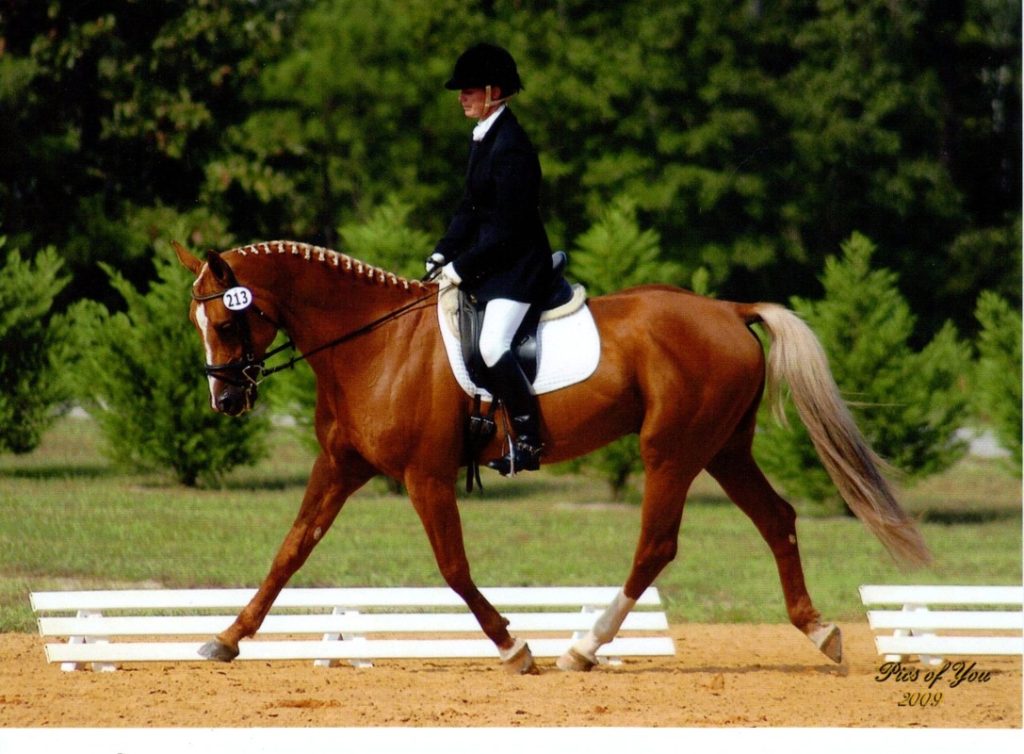


Article by Karen Yates, upper level Event rider
“He is good to go. His recovery pulse is 40!” I was stunned. Even though I had been competing the upper levels on Akhal-Teke horses for almost a decade, I could still be taken aback by their extraordinary stamina. After all, just 6 minutes before, Kandar and I had just covered 11,110 meters at a brisk trot as well as a 2,310 meter individual steeplechase with no break until we entered the Phase D vet box. (To compound the difficulty of the test, we had the great misfortune to be competing in the middle of the day in extremely hot and humid conditions.) We were then released to take on a national championship 4800 meter cross country course, where my buckskin beauty was widely recognized by the educated audience as the brilliant jumping, golden wonder horse who “had wings on his feet”. After all these years, I still wonder if any other horse has ever matched Kandar’s unbelievable recovery in that vet box back in May of 1998. (Unfortunately, this event was the last-ever-to-be-held Essex CCI** at the U.S. Equestrian Team’s headquarters in Gladstone, New Jersey. Sadly, it was the beginning of the end of the classic long format FEI 3-Day Event.)
Kandar came to me via my sister in 1994, and he was one of a remarkable group of horses sired by Phil and Margot Case’s stallion *Senetir. *Senetir was foaled in Ashkhabad, Turkmenistan, in 1977, and in 1979, he became the first Akhal-Teke stallion imported into the U.S. After a brief eventing career himself, he stood at stud at the Case’s Shenandoah Farm until his death in 1997. As a stallion, he left an exceptional legacy, producing an astonishing number of upper level event horses which were campaigned by mostly amateurs and a few young professionals. He produced a total of 30 purebred and 31 halfbred foals, not all of whom were trained for competition. 48% of Senetir’s offspring were successful in eventing and jumping, and 20% competed at the upper levels of their disciplines. Some of this group definitely had upper level talent, (such as Novice event winner Kerki, Kandar’s full sister), but, due to the scarcity of purebred broodmares, were taken out of competition early for breeding. Of those enjoying a slightly longer career, the most notable purebreds, besides Kandar, were Senova, Kashman, Kurina, and Sengar. Kandar was the only gelding in this group. During this early era (middle 1980’s through early 2000’s), as the breed was still very rare in America, all the upper level Akhal-Teke event horses competing in this country were bred by the Case’s, including a number of outstanding half-breds.
Kashman (ridden by Bryan Tweed and Jo Struby), Kurina (Kiki Osbourne), and Senova (Melinda Goslin) all competed through the Preliminary level, with Senova astonishing the event world with her 3rd Place finish in the prestigious Radnor CCI* event in 1992. However, rather than pursue her eventing career further, the beautiful gold bay was thereafter retired to the broodmare band.
The stallion Sengar (Craig Thompson) was the most successful Advanced stallion to compete in America. Unfortunately, he was injured during the 1996 Rolex Kentucky 3-Day Event and was subsequently retired to stud. One of his first half-bred sons, Belgar, is now running Preliminary level and shows great promise.
Of all the pure-breds Senetir sired, Kandar had the longest and most interesting career. He was competed at the Novice through the Advanced levels carrying a total of 8 different riders over the years. This speaks volumes about the incomparable temperament and heart of this horse and this breed. I was his owner for most of his life, and this horse was simply the best horse I have ever ridden. Because he was so incredibly talented, yet so easy and responsive to ride, I decided that I wanted to share him with other riders so that they too would have an opportunity to ride this “wonder horse” who had so enriched my life. And I also hoped that he might win over a few more converts to the Akhal-Teke along the way. Certainly he acquired many fans, being famous for his spectacular jumping, and, of course, he was always the most recognizable horse on course – the sleek buckskin amidst a sea of bay and brown Thoroughbreds. He competed (and placed) in all 3 of the Preliminary 3 Day events (CCI’s) in which he was entered. Two of his CCI riders were juniors (Julie Griggs and Melanie Smith) riding in the USEF National Young Riders Championships (1995 and 2000). He won events at every level, Novice through Intermediate, and he completed dozens of Intermediate and Advanced events carrying myself, Craig Thompson, Julie Griggs, Bryan Tweed, and Melanie Smith. His international passport carries the stamps from an incredible six CCI**’s ranging from Bromont, Canada, to Buffalo, Texas, in the years spanning 1994 to 2000. He won the highly contested U.S. Equestrian Horse of the Year award (Karen Yates) at Intermediate Level in 1998. At the age of 19, in the last event before his death a few months later, he placed 2nd in a Preliminary Horse Trials division in Tennessee.
Looking back on the unparalled accomplishments of these first American Akhal-Tekes, I hope that we will see future generations follow in their hoof prints. It is undoubtedly a shame that the classic long format 3-Day Event is now a relic of the past. I can think of no other competition that more beautifully showcases the strengths of this elegant and athletic breed. I have found them to have seemingly endless endurance, light flowing gaits, great speed, and unequalled jumping ability. Until I discovered this breed, I was a lower level event rider with very modest aspirations, and then I met Phil and Margot Case and their amazing Akhal-Tekes. As they say, the rest is history. No doubt there is much more history yet to be made with these superlative horses.
Karen Yates Major Achievements
(with Zang, 1981 Akhal-Teke/Thoroughbred gelding)
- 1990 U.S. Equestrian Federation (USEF) Horse of the Year, Intermediate Level, Zone Champion
- 1991 USEF Reserve Horse of the Year, Intermediate Level, Zone Champion1993 9th Place Spring National Championship Essex CCI **
- 1992 Long Listed for Barcelona Olympic Games
- 1996 Long Listed for Atlanta Olympic Games
(with Kandar, 1985 Akhal-Teke gelding)
- 1998 USEF Horse of the Year, Intermediate Level, Zone Champion
- 2000 Long Listed for Sydney Olympic Games
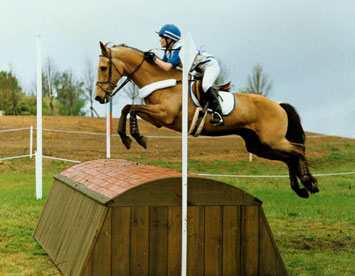
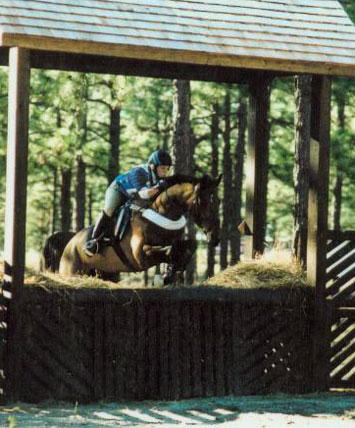
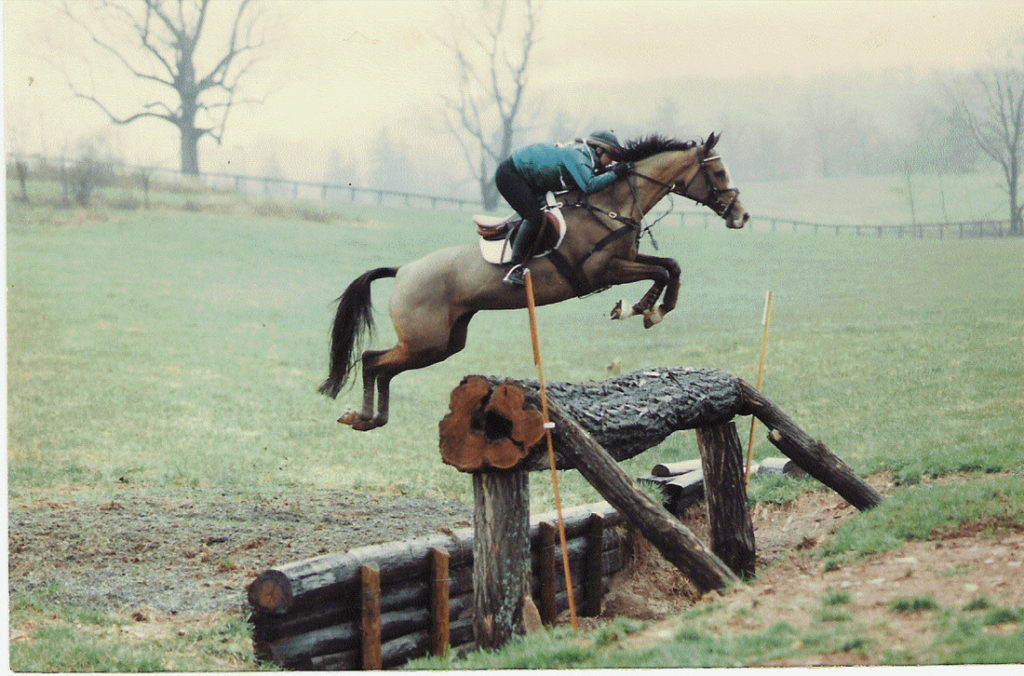
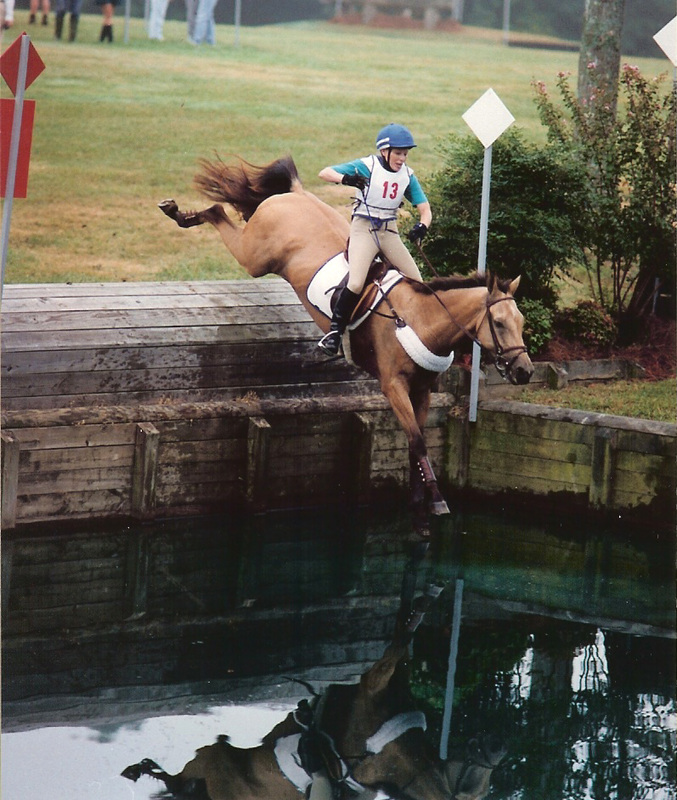
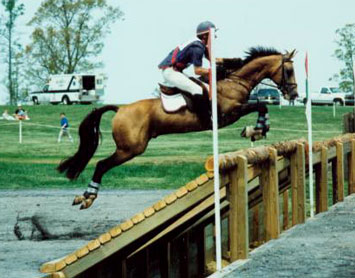
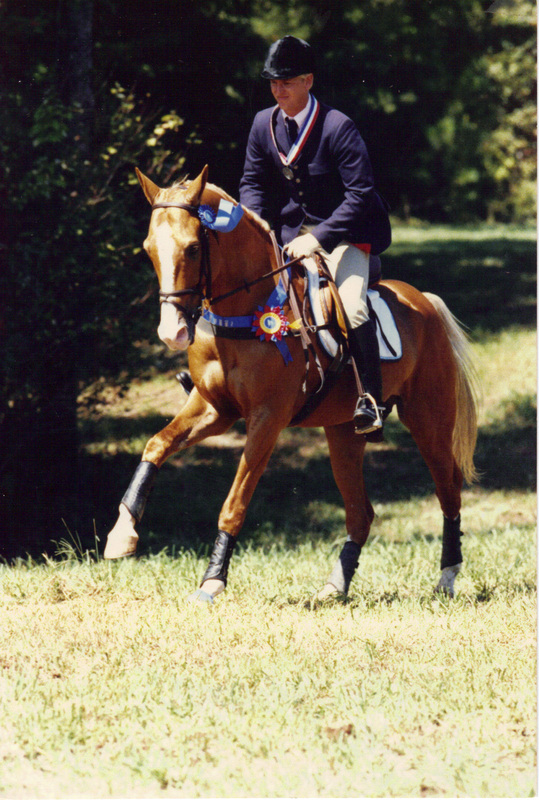


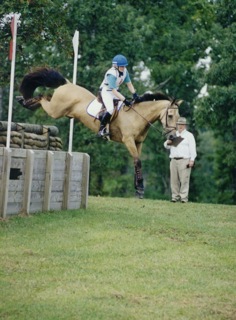
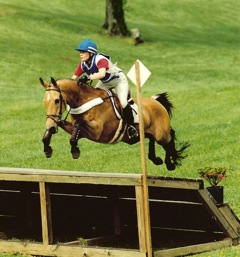



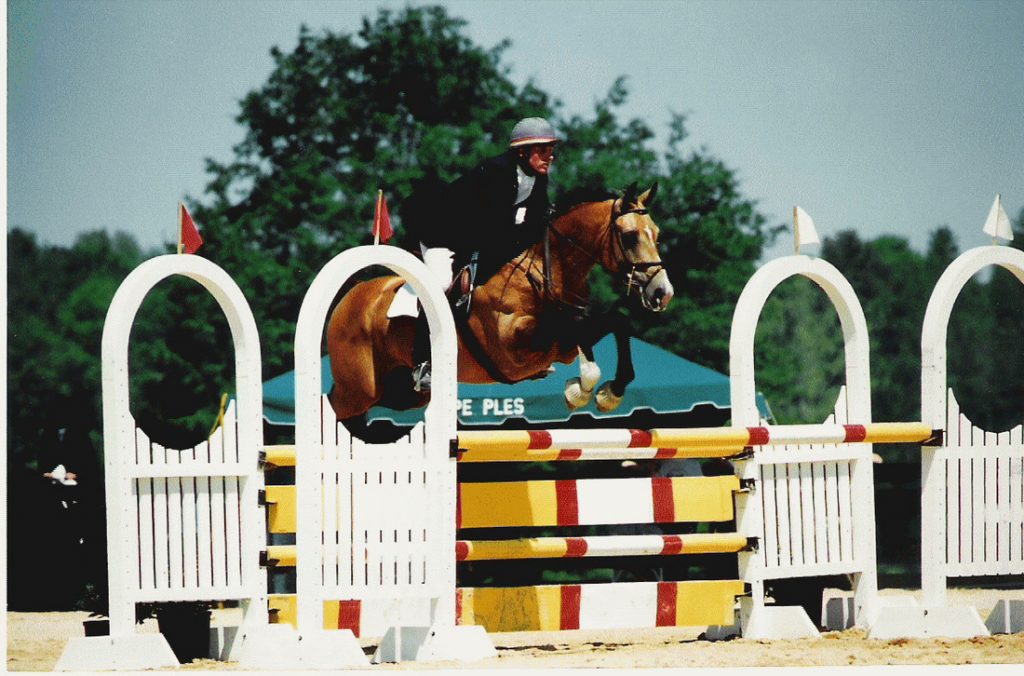
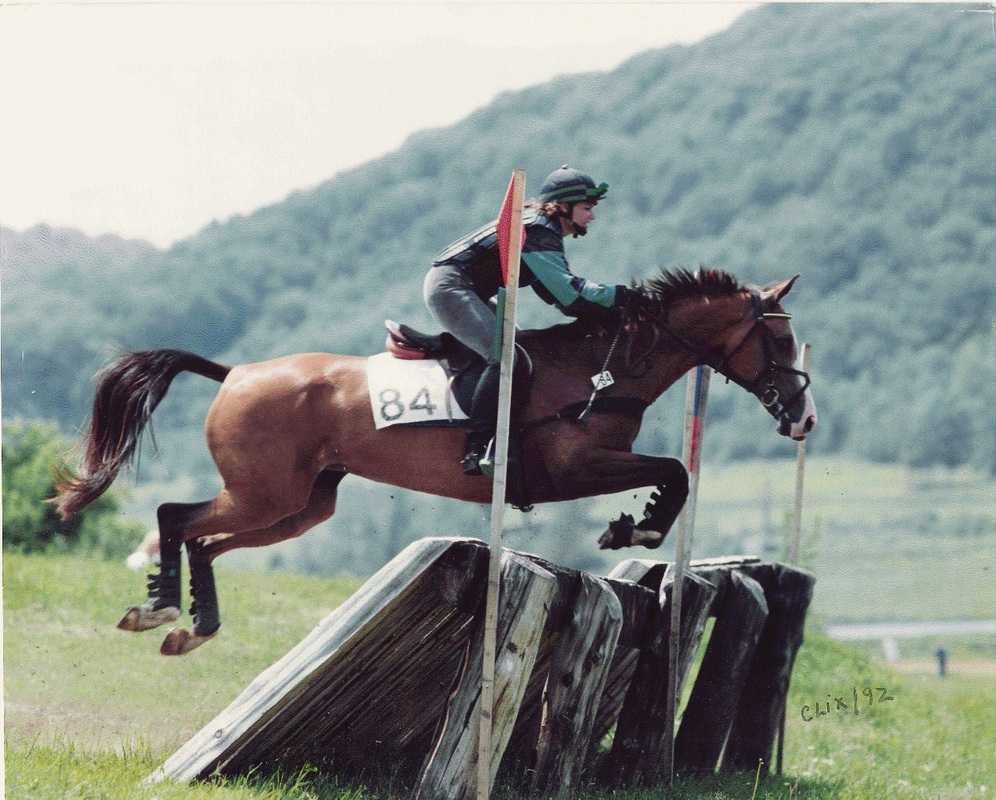
Akhal-Teke in Dressage
Exotic Adventure – Training, Riding & Competing An Akhal-Teke Stallion by William Askins
“This is a nice horse,” said Tito Pontecorvo, a major breeder of the rare Akhal-Teke horses, “beautiful trot, canter like a rocking chair, and a good mind. I want you to take him, compete him, make him famous!” I watched the little black stallion trotting on the longe line, and made a dubious reply: “Tito, this is a horse as slender as a deer, with a funny neck, a long back, and a hand too small to be a dressage star! It might be a long, uphill battle.” But Tito prevailed, and I soon started riding Helm, a nine year old, 16 hands, pureblood Akhal-Teke stallion, who had been used as a breeding stallion for the past four years! He had been put under saddle by a competent Texas trainer, then send for polishing to a prominent California rider as a young four year old. However, this sojourn turned out badly, and Tito brought Helm home to Texas. Tito operates a handsome stud farm in Stockdale, a few miles south of San Antonio, as a subsidiary operation to his remarkable breeding operation in Russia, where he has perhaps the largest herd of Akhal-Tekes in the world.
With a registered herd of only a few thousand, Pontecorvo has a substantial percentage of the total, and many of the best bloodlines. Helm stood at stud as a breeding stallion for several years until a taller stallion of the same ‘El’ line replaced him. Tito, sensitive to the desire of Americans for bigger horses, has been concentrating on breeding taller Akhal-Tekes since his arrival in the USA some ten years ago. Training of Helm started three years ago at a slow pace. The horse lacked condition and muscle. His exercise, as a breeding stallion, was a few minutes of trotting on a longe line, a turnout at liberty, and then the rest of the day in the stall. The long back needed strengthening, and he had an ewe-neck, with the predominant musculature on the bottom, rather than the top. This would take a long-term effort to remake. But I found that Tito was absolutely right, the horse had a wonderful trot, a super canter, a fine walk, and, best of all, a docile, eager, pleasant personality that made working with him a pleasure!
The Akhal-Teke breed comes out of Turkmenistan, on the central steppes of Asia. The Turkmeni breeders were interested in producing a horse of comfortable gaits, with great endurance and be an easy keeper. This they did with great success, but perhaps not one that follows current European thoughts on proper conformation. In the last 300 years, the breed has reached Turkey, and eventually northern Europe. Some of the foundation sires of the modern thoroughbred are “Turkish” stallions, in fact Akhal-Tekes, and the famous Trakehner has a lot of Akhal-Teke blood as well. My Akhal-Teke looks very similar to the wonderful paintings by George Stubbs of English thoroughbreds done in the 18th century. Long and lanky, with good bone in the legs, a fine narrow head, a beautiful eye, and the ability to gallop all day!
Under the expert tutelage of my trainer, Herr Reinhard Dorsch, a highly qualified German master, the stallion progressed very well during the first year. We strengthened the back, built muscle, and introduced lateral work and single flying changes. I also had to learn how to ride this sensitive horse; vastly different from my big German dressage horse. Success comes from careful attention to using no more than the minimum necessary movement, or pressure, in each aid. Being a long-time polo player, I have to ride this horse with a lot of concentration on a tranquil seat; something that does not come easy to a rider with my background. Towards the middle of the first year of training we started Helm in schooling shows, doing the United States Dressage Association Third Level tests. These involved single flying changes, shoulder-in, half – pass, walk pirouettes, and exhibiting the three gaits of walk, trot, and canter, all at specified points, and with the test lasting around seven minutes where the horse and rider are alone in the ring and closely scrutinized by the judge. Once he and I had picked up a bit of experience, we started competing in recognized shows. Dressage competitions are won by a combination of exceptional gaits, precise riding, and competence of the horse in performing the required exercises. There are a dozen different levels of competition, with most riders showing their mounts in the lower three levels. Helm had the basic gaits, was learning the exercises, and gaining strength as we entered the ring during the second year of training. The judges gave him mixed reviews: “Elegant horse!” “Too small, appears weak”, “Pure gaits”, “Refined”, “Rodeo horse!” (That was after a protesting buck when I touched him with a spur!), “Willing, needs more work”, “Handy”, “Needs better lateral work.” His almost delicate conformation obviously did not set well with some judges, particularly since the most common dressage horse is now a massive warmblood that can only be described as “Big”, big gaits, big size! One show in particular was memorable, but for the wrong reason: a Haflinger pony beat us! My poor trainer Reinhard slunk off to far reaches of the show grounds to avoid any sneers or jeers from his fellow trainers! However, we persevered, and by the beginning of the third year of training, the little stallion had matured into a very nice dressage mount. His physique has filled out, the neck has a nice topline, the back is solid, and the hindquarters ripple with muscle. He knows his stuff, does the exercises for competing at Prix St. Georges, and can be ridden with the subtlest of aids. While he is still 16 hands tall, he is actually much bigger, the muscles have filled out, he’s put on weight, the neck is just right when he is on the bit, and he carries himself proudly. Interestingly enough, we still have to use a breast collar to keep the saddle from sliding back. His barrel is simply not sprung widely enough to hold the saddle in place.
We’ve won a few shows, and I look forward to riding him each day. Interestingly enough, he is quite unflappable at horse shows. One time, the groom came running up: “Helm is down in the stall, come quick!” I was very relieved to find, upon investigation, that Helm was just taking a nap, totally uninterested in the hustle and bustle of the show.
In the ring he is the same way, a great advantage over the hotter breeds that tend to blow up under pressure. This happy attitude carries over into his performance under the rider. He gives me exactly what I ask for, nothing more and nothing less. Rating him at any gait is easy, and he does not vary the pace until asked. This, coupled with his great endurance, makes an excellent competition horse. The training continues, with an eye towards teaching him one-time changes this winter, and perhaps starting piaffe and passage. If he shows the capacity for these difficult exercises, then I will eventually take him into Grand Prix events. Helm’s personality is a reflection of the character of the Akhal-Teke breed. It is quite different from the modern thoroughbred, or the European warmblood breeds, and particularly more docile than the Arab. It makes for easy handling, and easy training, yet there is enough self-impulsion that the rider does not have to keep insisting as is necessary on many of the heavier breeds, such as the various warmbloods. I have been quite impressed by the athletic ability of my little stallion, and have discovered that this is another trait of the Akhal-Teke. Given the very small world population, the Akhal-Teke has made a considerable impression in dressage, jumping, and endurance events. Phil Case, one of the original breeders of Akhal-Tekes in the United States, compiled a list of accomplishments of his foals, some 61 in total, during the period 1975-1997, and listed 17 as having significant results as eventing horses, 4 as dressage horses, 4 in jumping, and 4 in endurance. Twelve of these horses competed at upper levels in their respective events. One of the most successful dressage horses in history is the Olympic Gold Medal winner Absent who competed in three different Olympic Games in the 1960s. I am pleased to report that Helm is a direct descendant of Absent, and is a dead ringer in appearance, if not in performance!
In summary, Helm has turned out to be a charming, sweet horse, a pleasant ride, and competitive in regional dressage competition in the United States. He is easy to handle in the stall, quiet, docile, but willing, and a fast ride if you ask him to go on! An easy keeper, and tough as nails on health issues, requires no babying around like so many competition horses. Tito Pontecorvo was right, as he generally is about his beloved Akhal-Tekes, this is a nice horse!
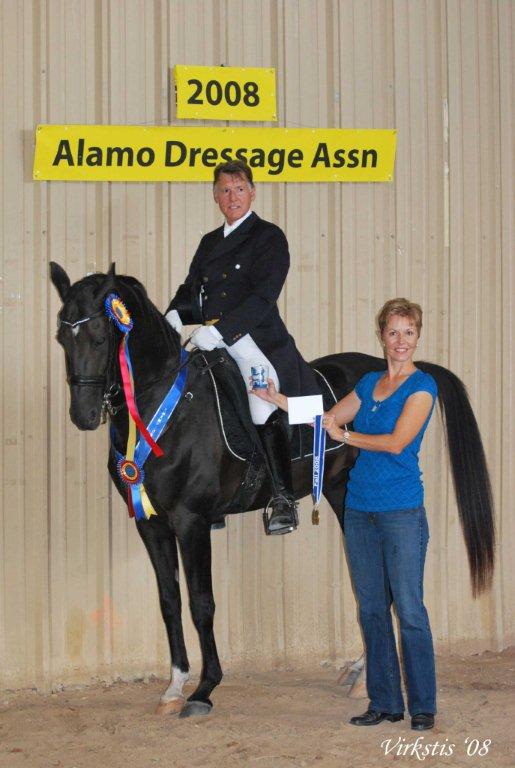
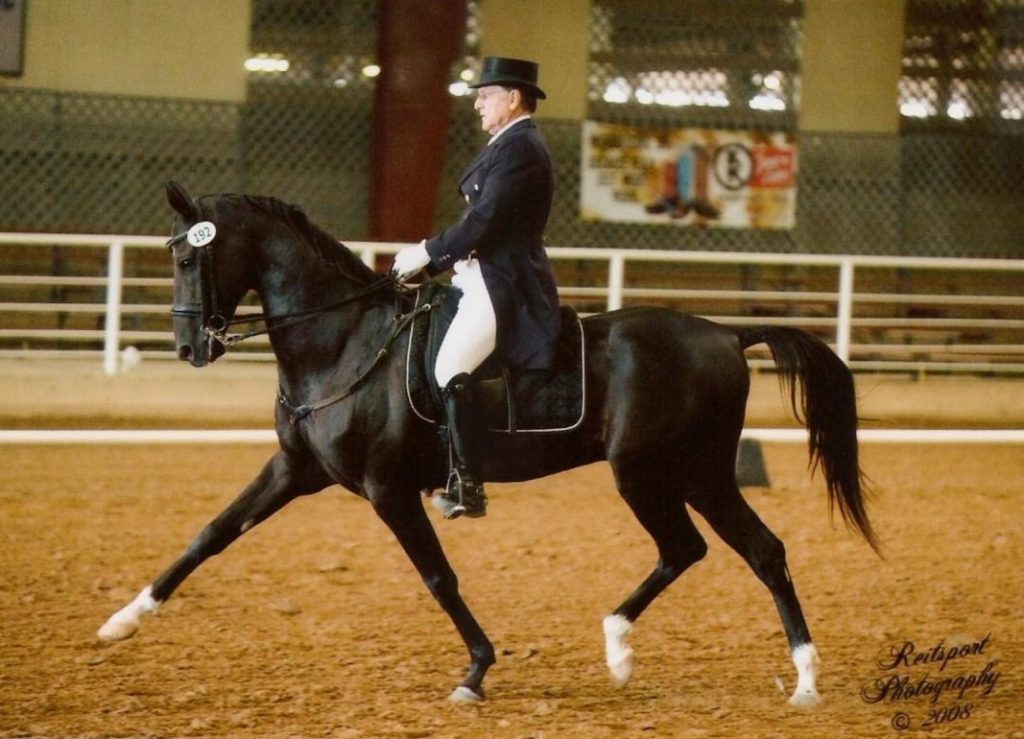
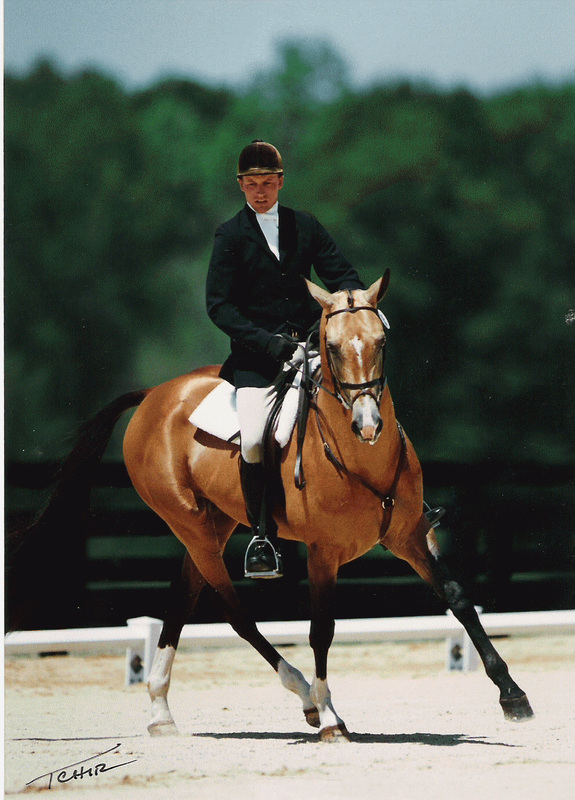
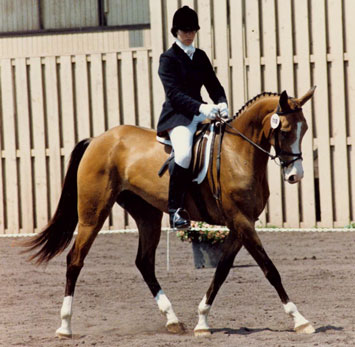
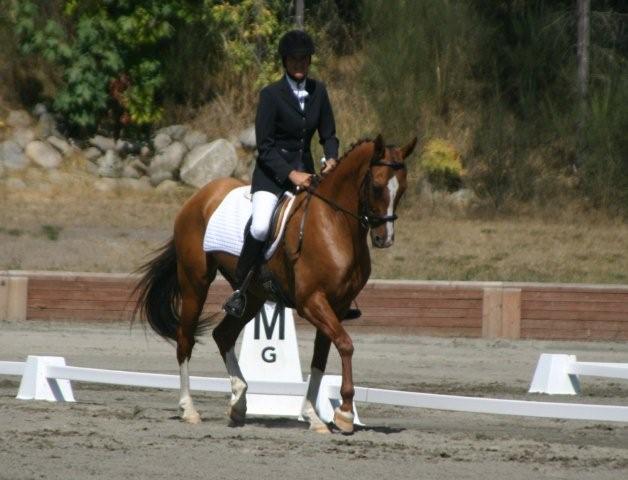
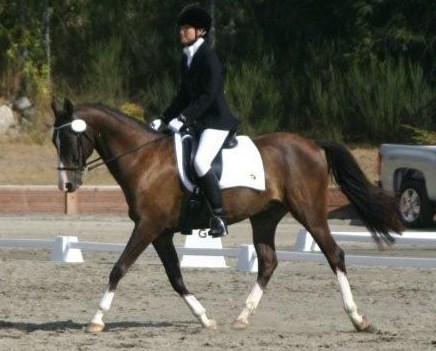
Akhal-Teke in Show Jumping




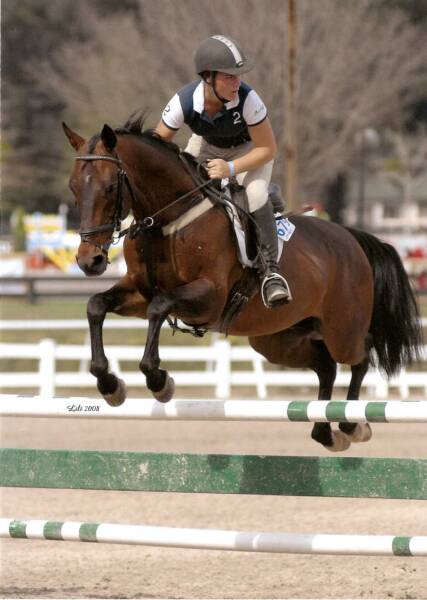


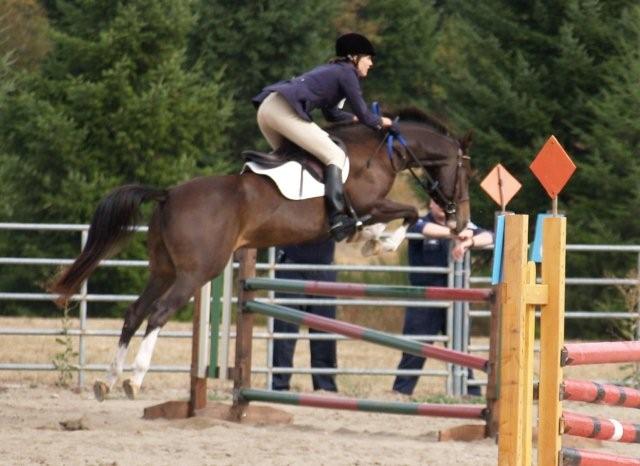

Akhal- Teke and Fox Hunting
Nothing is more thrilling than the sound of the horn, dogs barking, and galloping across country with the occasional jump. If you like to be in control.. this sport is not for you. Today’s hunts are “drag hunts,” meaning one person rides ahead with a scented bag dragging behind them. The dogs follow the scent, and at the end they get to tear apart a carcass. Mr. Fox has nothing to fear!
The late Margot Case was Jt Master & Field Master of the Middlebrook Hounds, Virginia, on her Akhal-Teke horses. Amrita Ibold and Jenny Rice of Sweet Water Farm Akhal-Teke join the Fraser Valley Hunt club in Washington State and British Columbia. Cindy Sither of Lexington, Kentucky is an avid hunter on the Akhal-Teke stallion, Garpun.

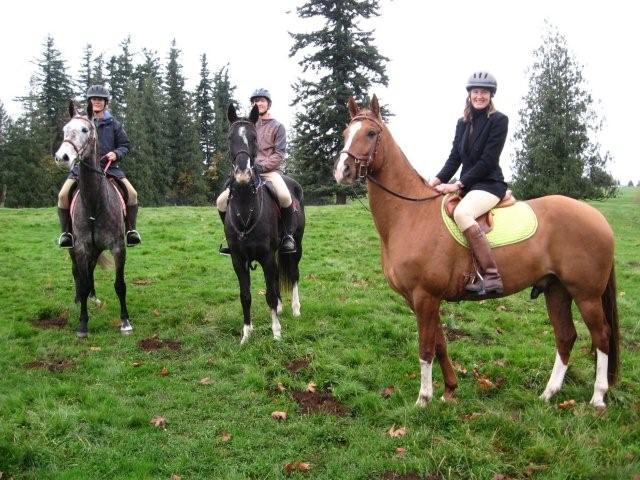
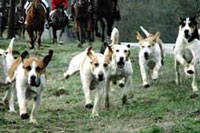
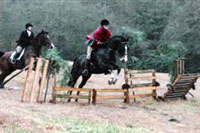
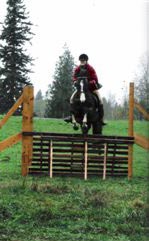

Akhal-Teke and the Circus
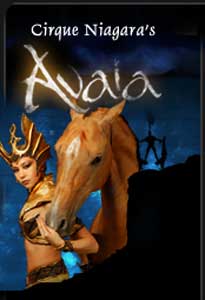
Today’s Akhal-Teke is a riveting circus performer.
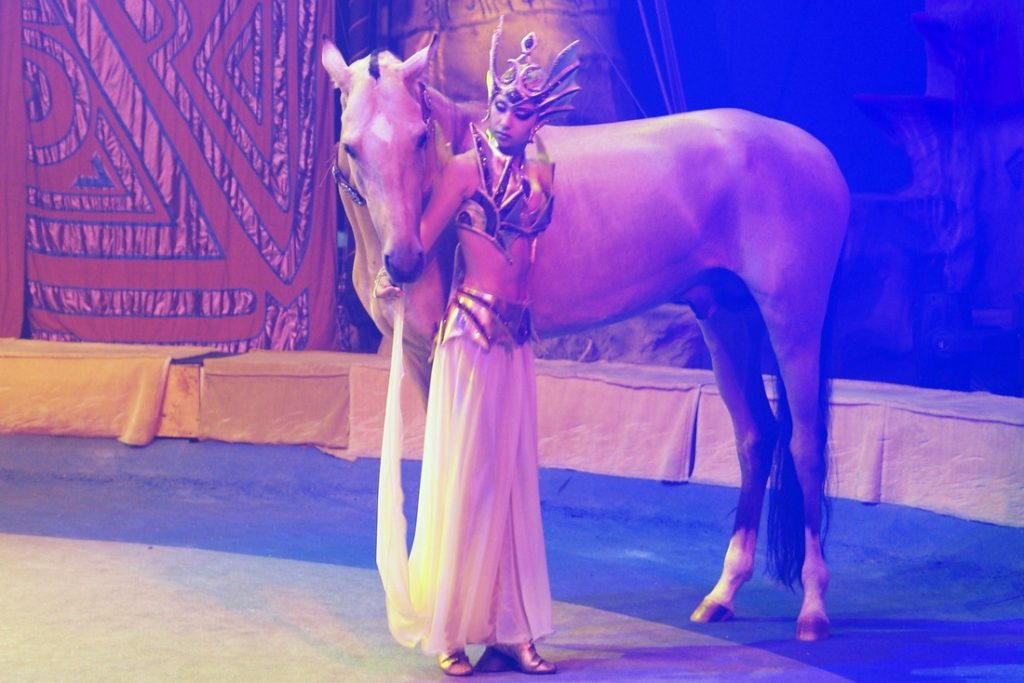

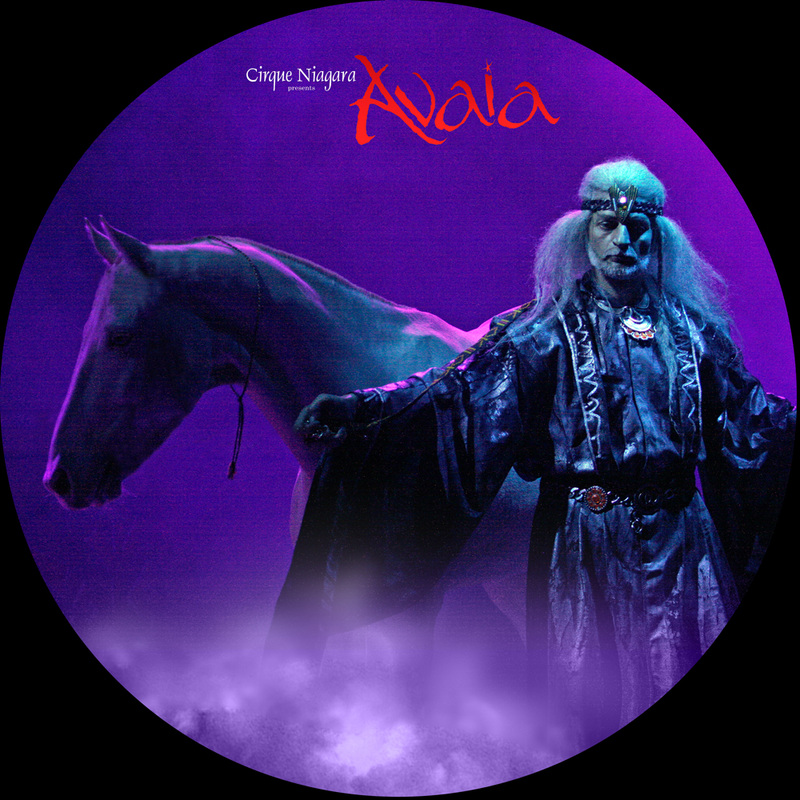
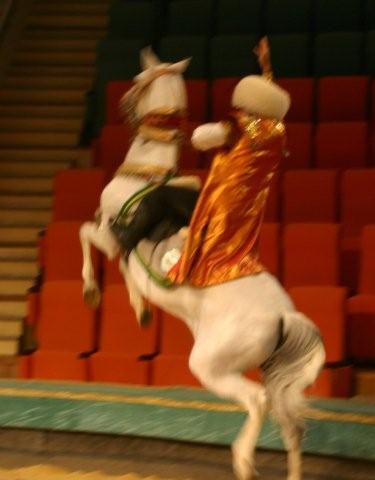


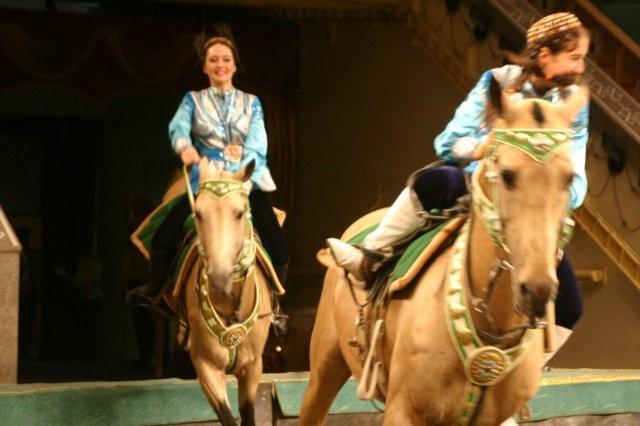
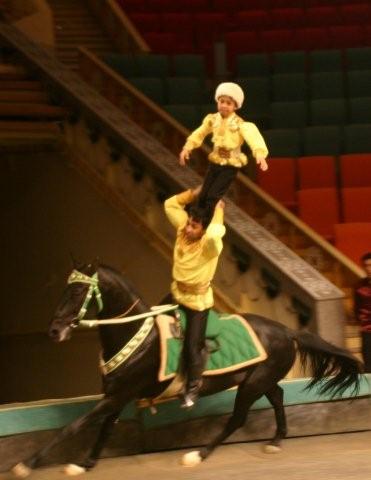
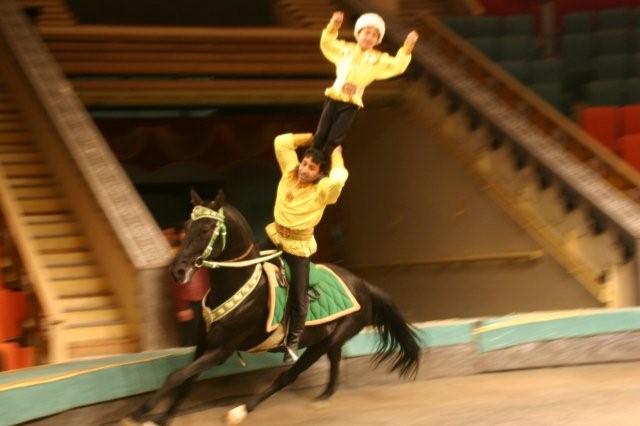

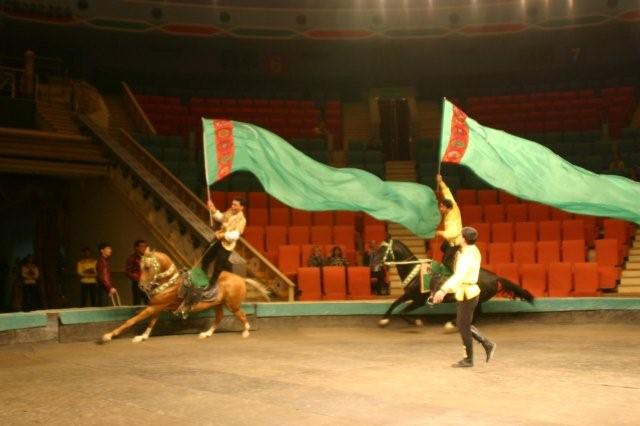
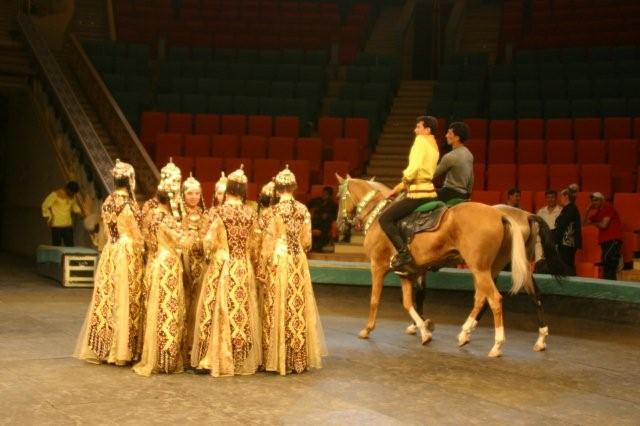
Akhal-Teke and Vaulting
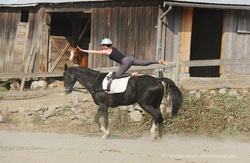
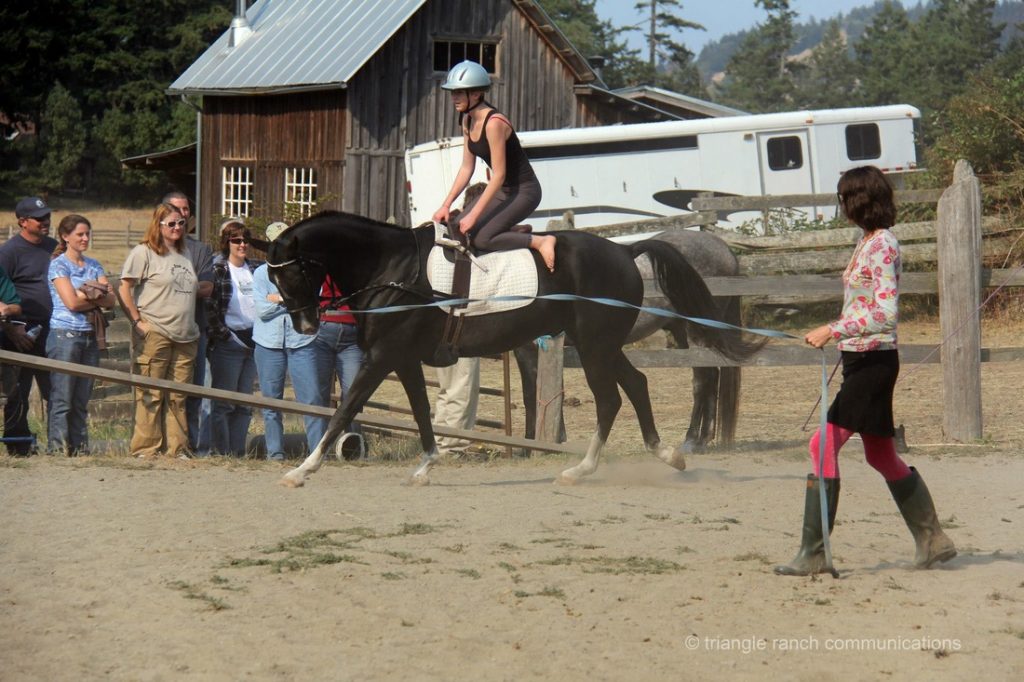
Akhal-Teke and Extreme Trail riding
Akhal-Teke horses are perfect for extreme trail riding due to their level headedness, they are brave and sure footed.
